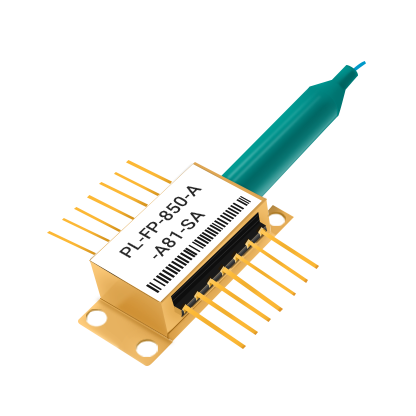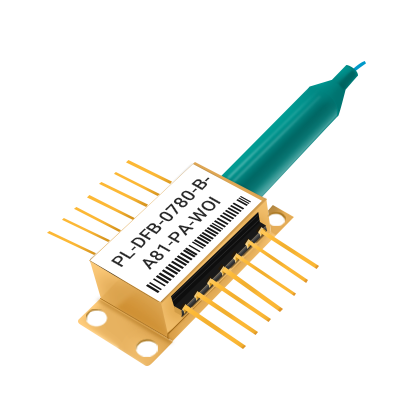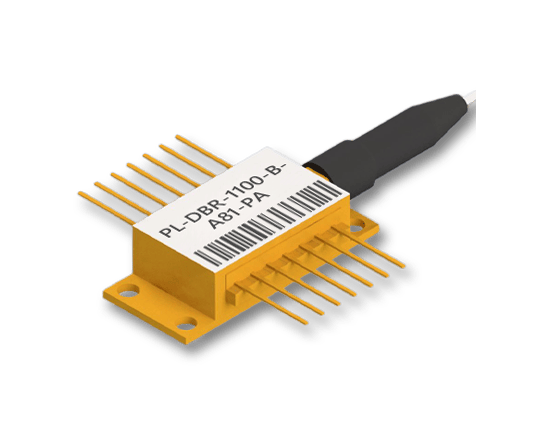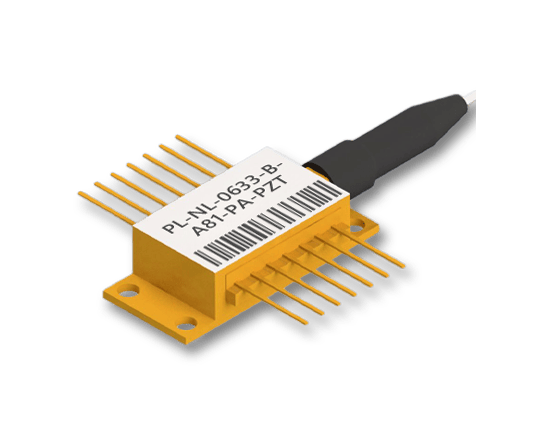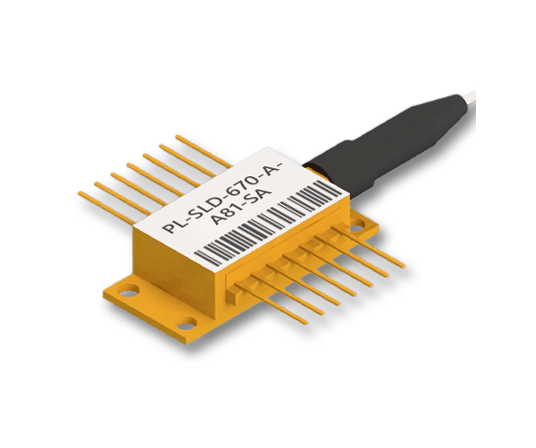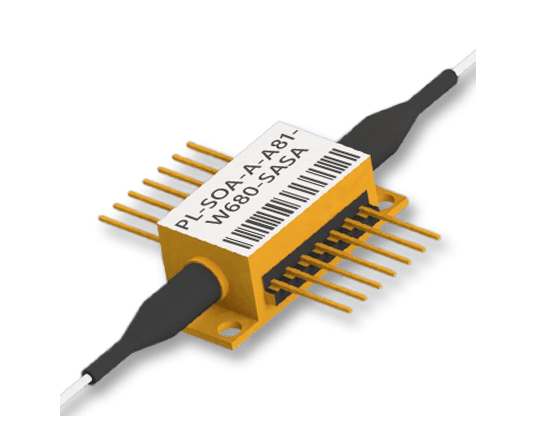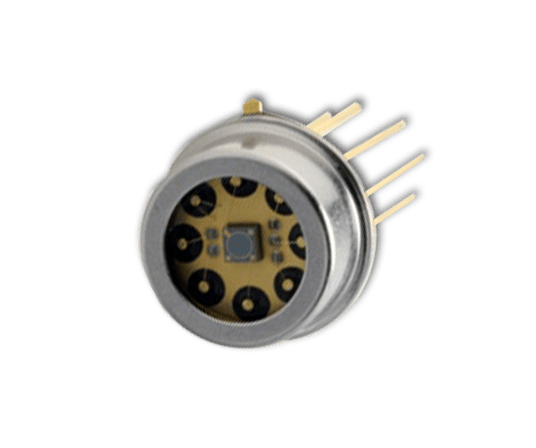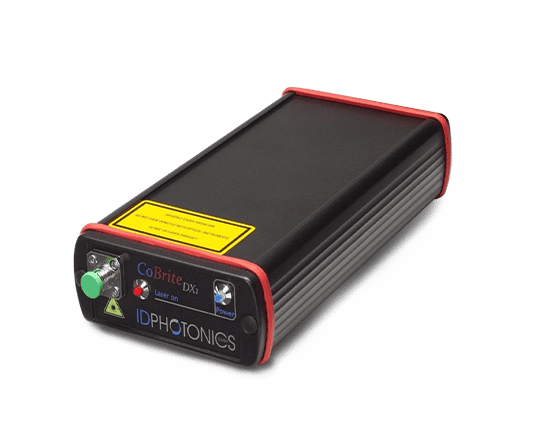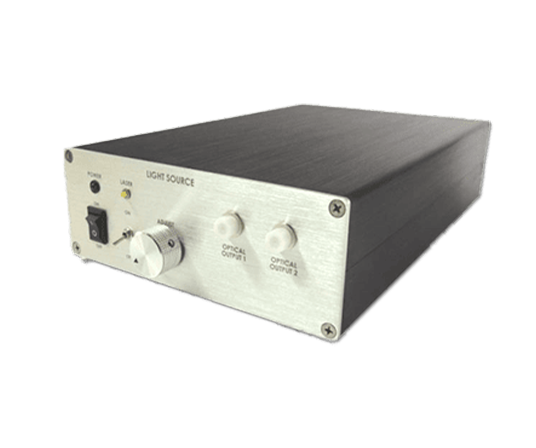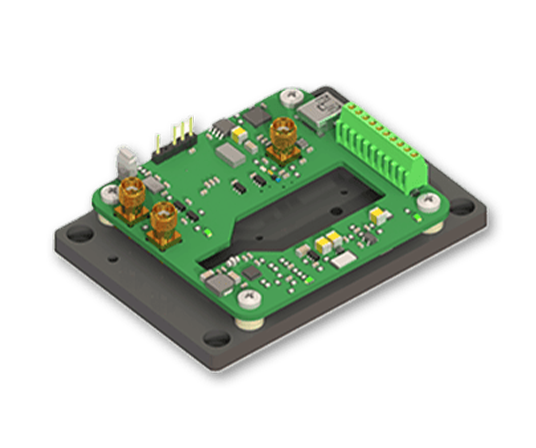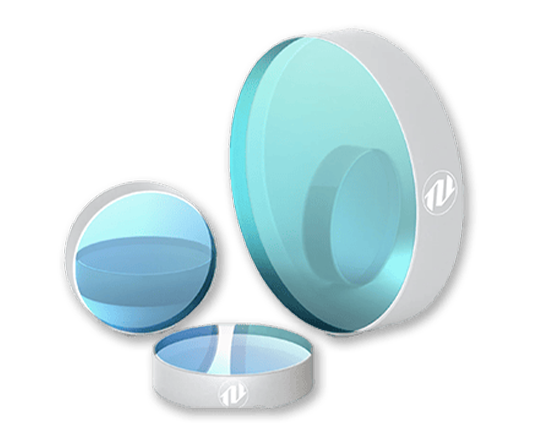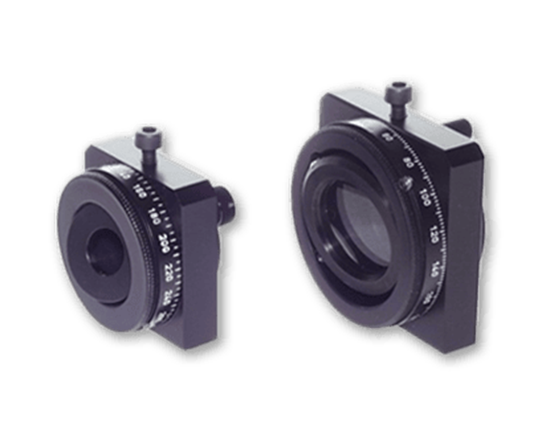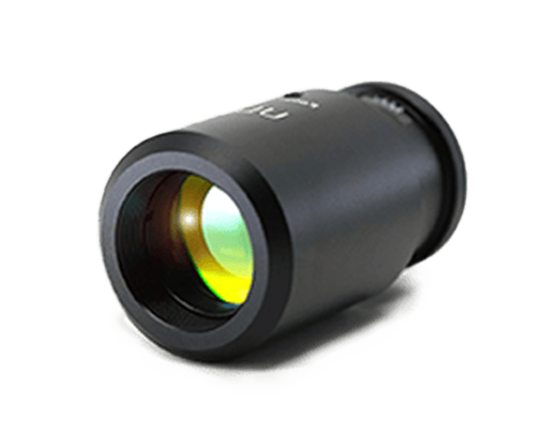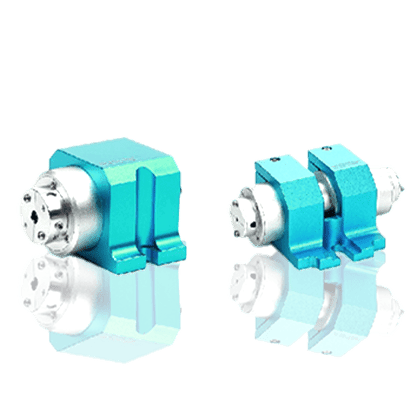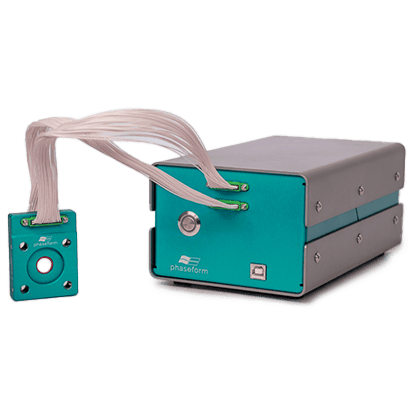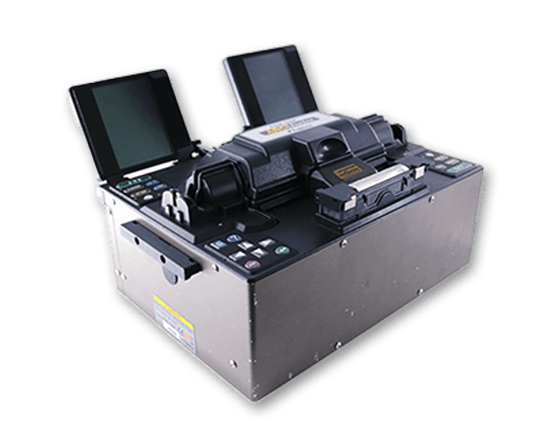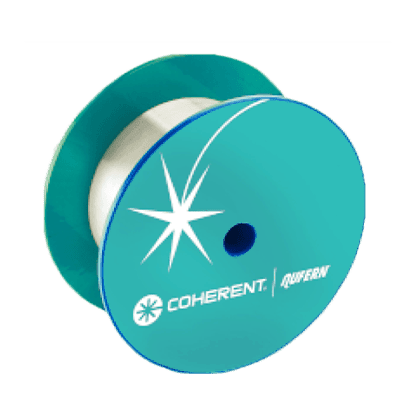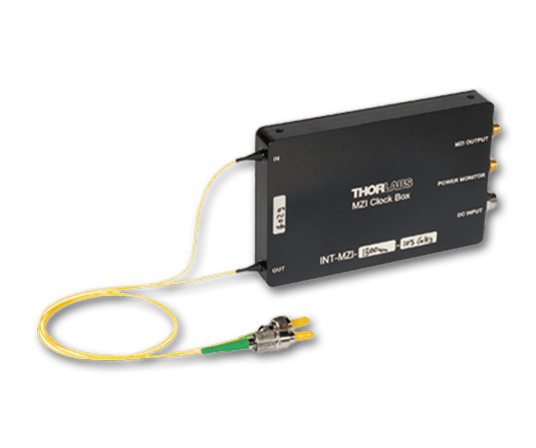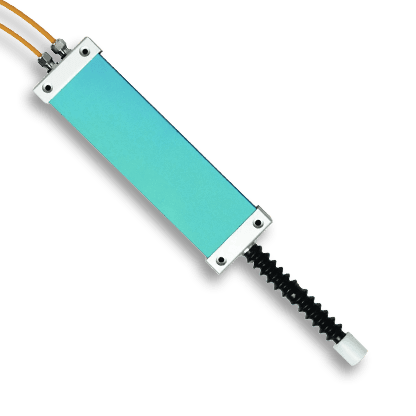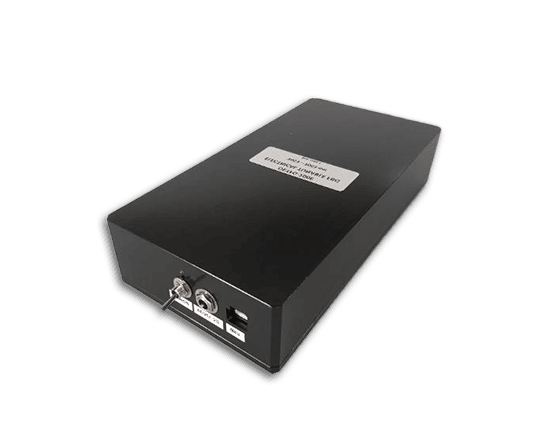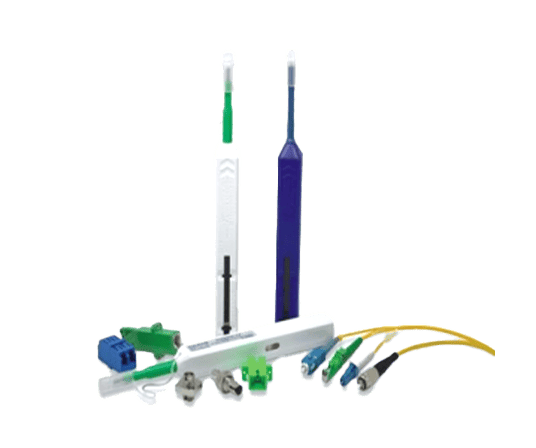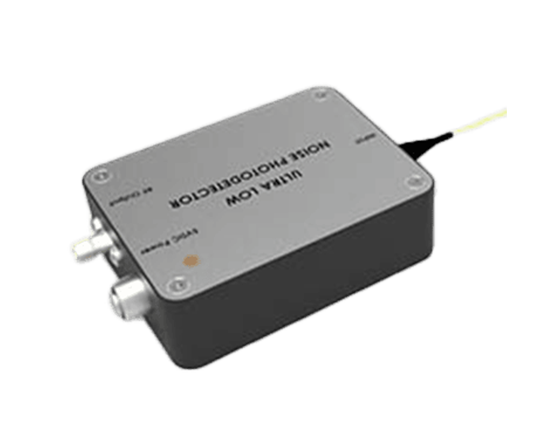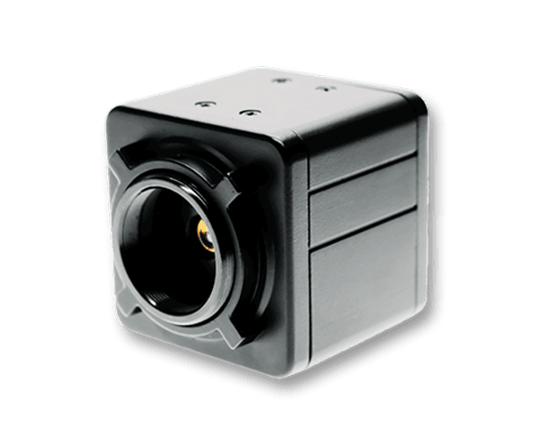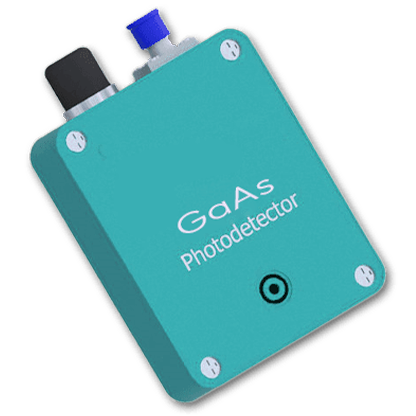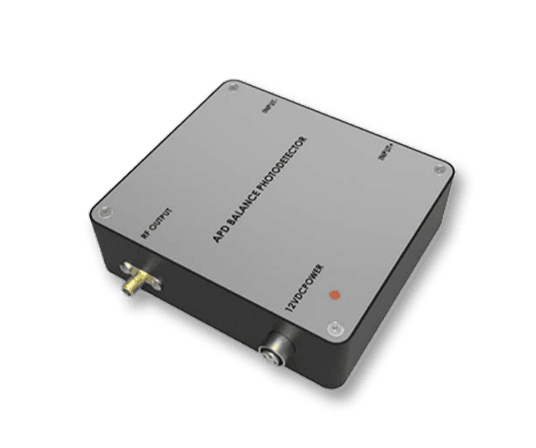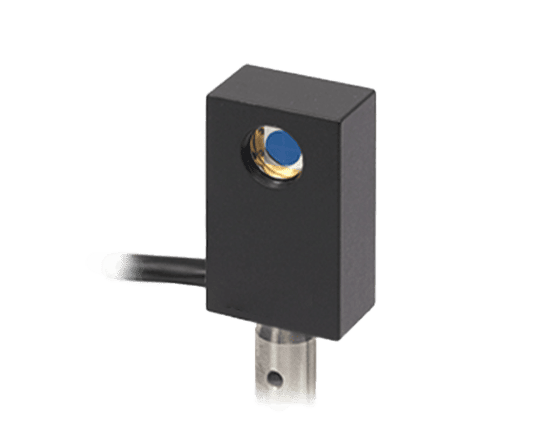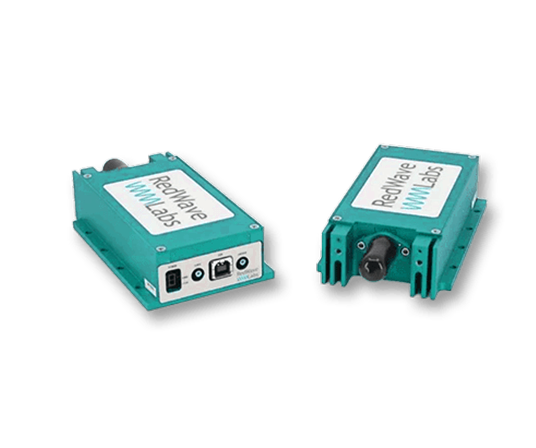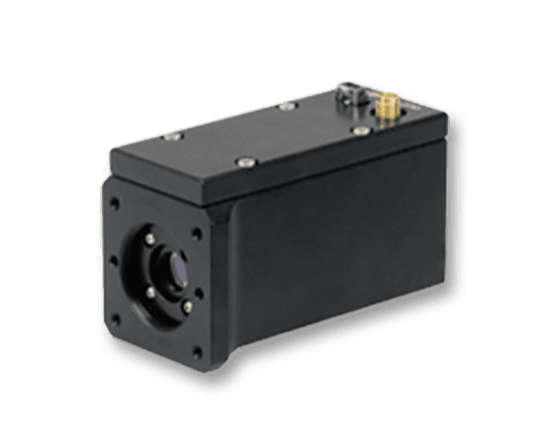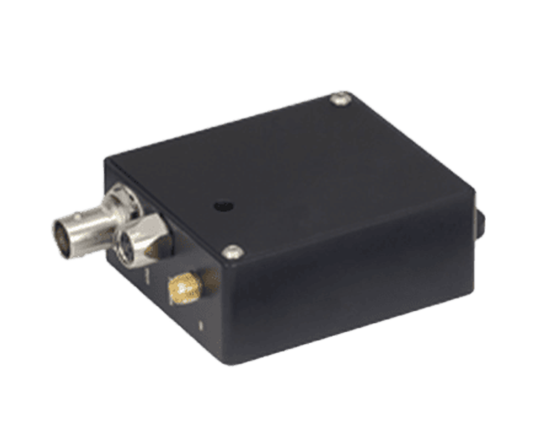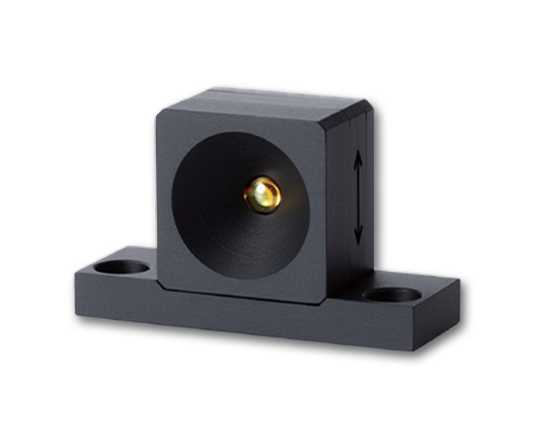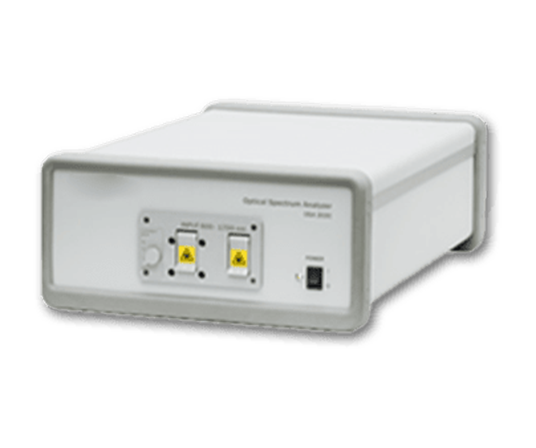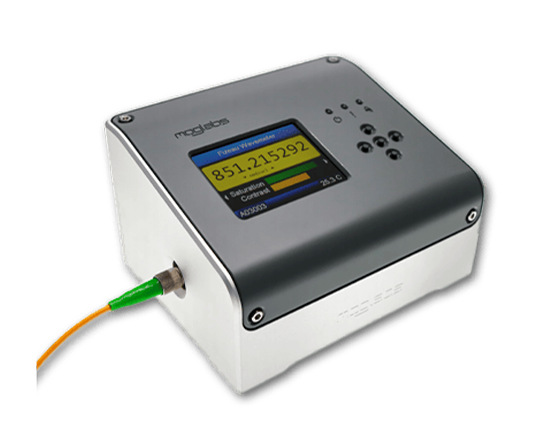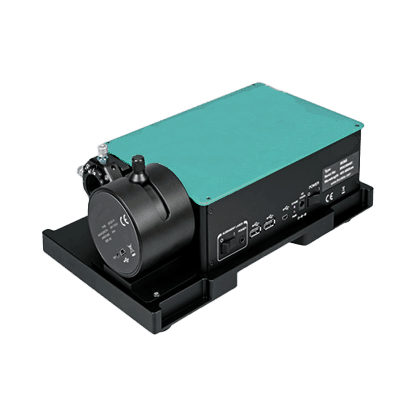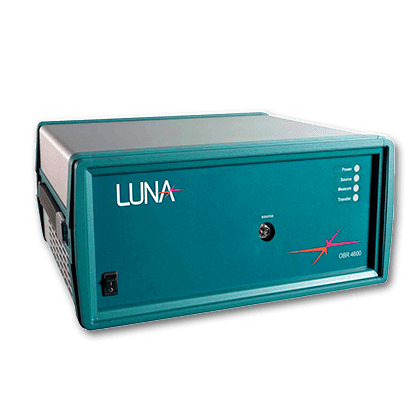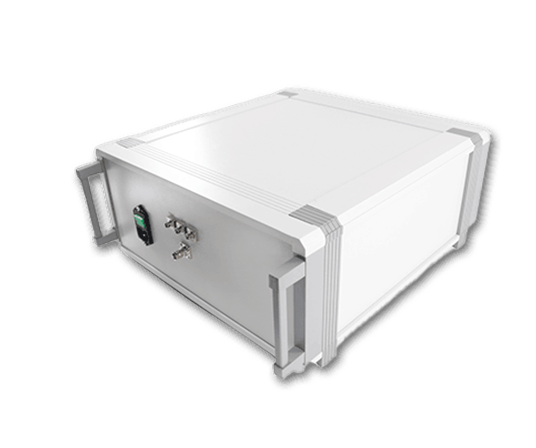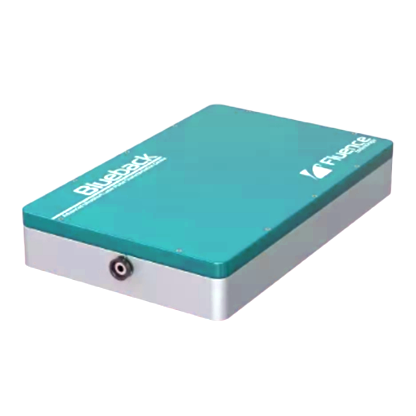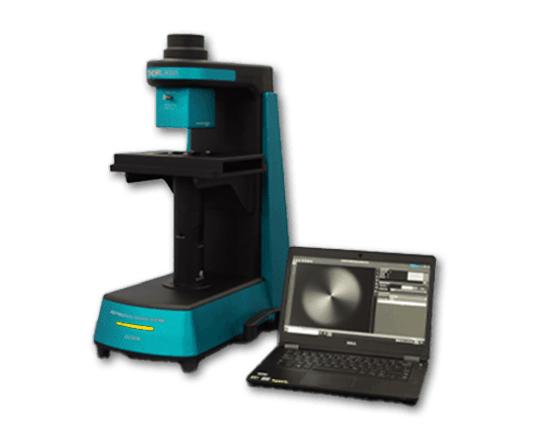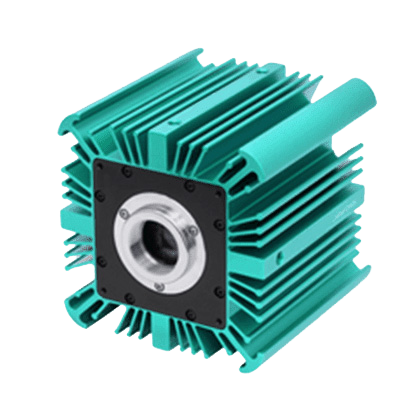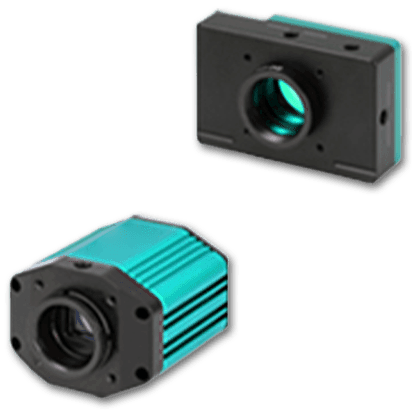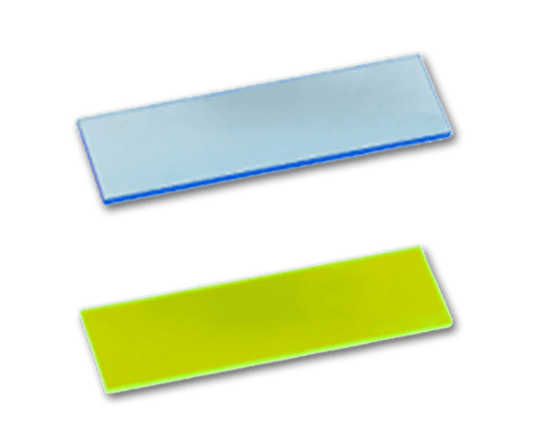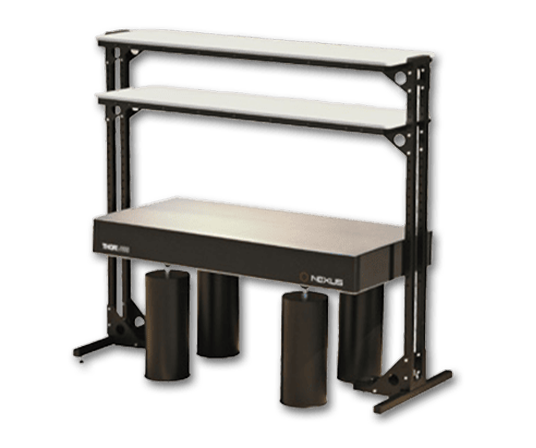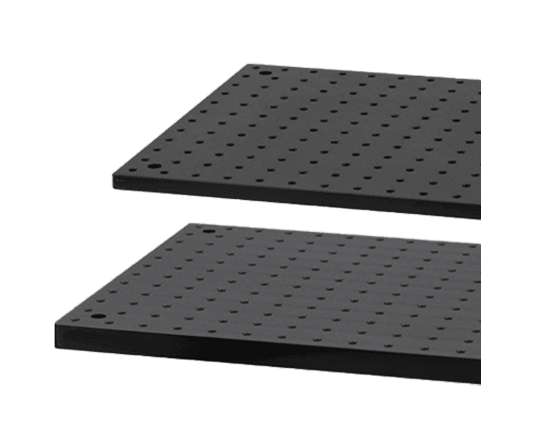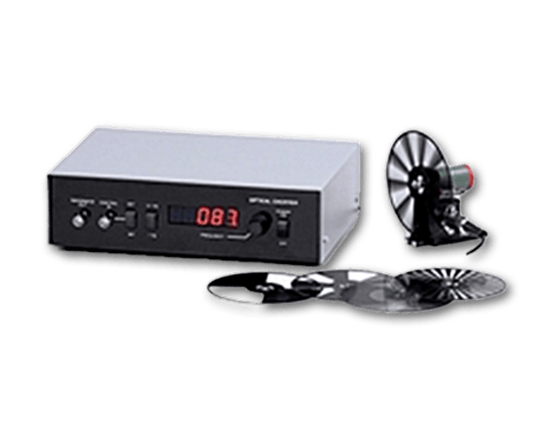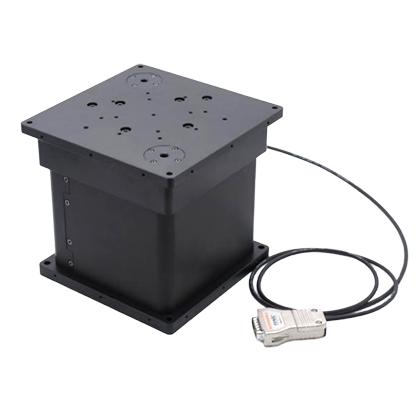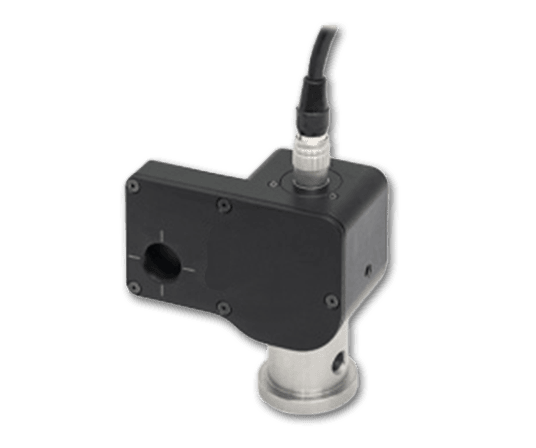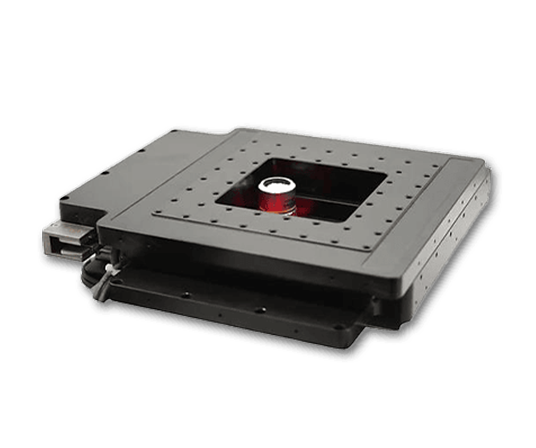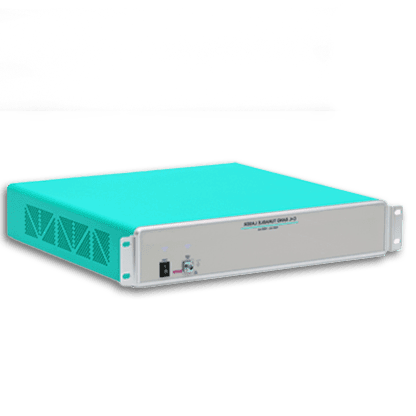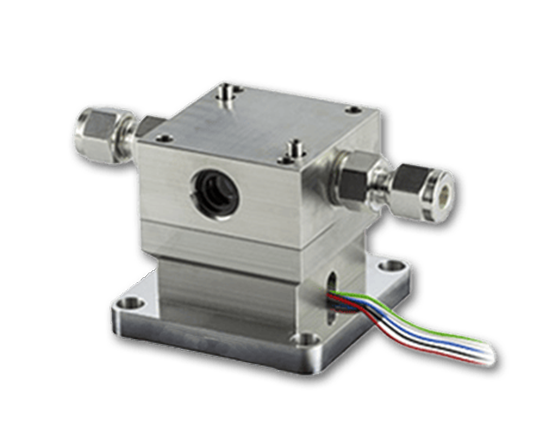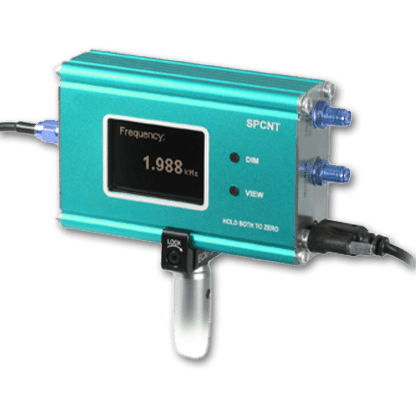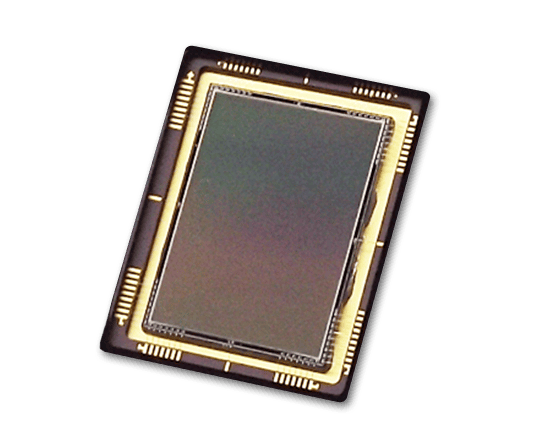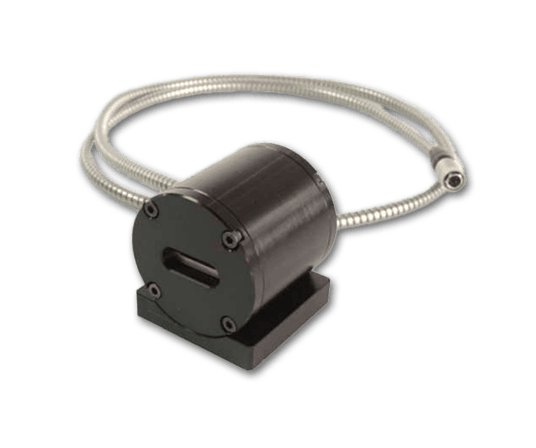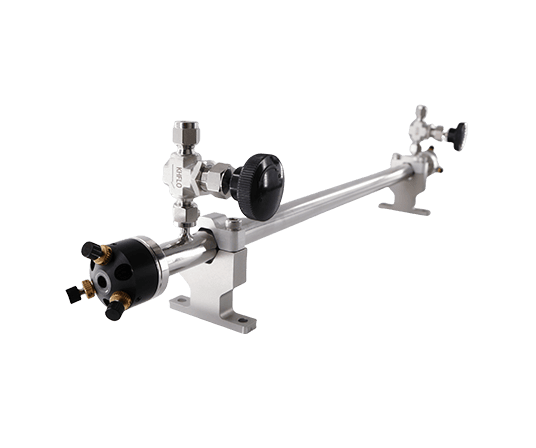
- Home
- Products
全部分类
- Semiconductor Diodes
- Light Sources
- Optical Accessories
- Fiber Accessories
- PhotoDetectors
- Optical analysis device
- Optical Imaging
- Optomechanics
- Applications
Semiconductor DiodesLight Sources- Broadband Light Source/Illuminator
- Laser pumped phosphor broadband light source
- Erbium fiber ASE source
- Thulium fiber ASE source
- Ytterbium doped fiber ASE light source
- Dysprosium doped fiber ASE light source
- LED light source
- SLD light source
- Praseodymium doped fiber ASE light source
- Thermal IR light source
- He-Ne laser
Optical Accessories- Objective ,scanning & Tube lens
- Beam expander
- Camera lens
- Fly eye homogenizer
- Chromatic aberration correction
- LD Collimation & Focusing Tubes
- Galvanometer system
- Adaptive optics components
- Dispersion measurement system
- Single/multi-pass gas cells
- Photoacoustic spectroscopy
- Portable Raman Spectrometer
- Cage/Lens Tube Mounted Optics
- Shear interference
- Soleil Babinet compensator
- Integrated subsystem
- N-BK7 spherical lens set (installed)
- UV fused silica spherical lens set (installed)
- N-BK7 spherical lens set (not installed)
- Achromatic double laminated lens kit
- Aspherical lens kit
- Scattering film set
- ND filter kit
- Color filter kit
- Bandpass filter kit
- Hard-Coated Edgepass Filter Kits
- Precision Pinhole Kits
- Optical assembly kit
Fiber Accessories- Single-mode fiber
- PM single-mode fiber patch cord
- Multimode fiber bundle
- Custom fiber patch cord
- SM Fiber
- MM Fiber
- PM fiber
- Fluoride Fiber
- SM Polarization Fiber
- Rotating fiber
- High Non-Linear Fiber
- Double clad fiber
- Rare-earth doped fiber
- PCF fiber
- Coreless terminal fiber
- Fiber optic customization
- 2-in-1 PM patch cord
- SM Fiber Connector
- hollow fiber
- Multimode fiber jumper
- Metalized optical fiber
- Fiber optic table components &systems
- FiberPort collimator/coupler
- Fiber coupling platform
- Adjustable fiber coupler
- Optical fiber adapter
- L-Type Mating Tube
- Fiber optic compression block
- Fiber clamp with vacuum port
- Fiber head mounting bracket
- Collimator adapter
- FiberPort base
- Adjustable collimator adapter
- Mini collimator base
- MM Fiber filter cube, removable
- Cuvette holder
- MM Fiber filter mount, embedded
- 1x1 fiber rotary connector
- 1x2 fiber rotary splitter
- Rotary joint patch cord
- Fiber collimator
- Fiber coupler/splitter
- Fiber Optic WDM
- Circulator
- Fiber retroreflector
- Pump Combiner
- MM Fiber combiner
- Fiber polarization control component
- Fiber isolator
- Fiber attenuator
- Fiber optic filter
- UHV fiber feedthrough flange
- Optical fiber adapter
- Optical switch
- interferometer
- Patch Cord
- Fiber lab supplies
- Etalon
- Mode Field Adaptor
- optical delay line
- fiber optic phase modulator
- Mode Divison Multiplexers
- Space Division Multiplexing Components
PhotoDetectorsOptical analysis device- Photodiode Power Meter Sensors
- Thermal Optical Power Meter Sensor
- Thermal Position and Power Sensors
- Pyroelectric Energy Meter Sensors
- Digital handheld power meter sensors
- Multi-touch power meter probe sensors
- Analog handheld power meter
- Dual-channel power meter
- USB optical power meter
- Power meter kit
- Wireless power meter ,with sensor
- Miniature USB power meter
- Fiber power meter
- Power Meter Tutorial
- Integral ball
- Near-IR power meter
Optical Imaging- Microscope System Overview
- Multiphoton Microscope
- Veneto inverted microscope
- Prelude imaging microscope
- Miniature two-photon microscope
- Multiphoton mesoscopic microscope
- OCT Imaging System
- Cerna Modular Microscope Platform
- Confocal system
- Birefringent microscope
- Birefringent system
- Microscope accessories
- Microscope software
- Tunable Ti:Sapphire femtosecond laser for multiphoton imaging
- Life Science & Microscope Optomechanics
- Microscope optical components
- Cerna wide-field & electrophysiological devices
- DIY confocal/laser scanning components
- High-speed modulators
- High speed modulator and attenuator
- Sample holder
- Microscope platform
- Light Sources
- Piezoelectric Microscope Objective Shifter
- Z-axis Piezoelectric Stage for Microscope Slides
- Microscope Vibration Isolation Table
- Laser scanning scope
- Microscope Camera selection guide
- CMOS microscope camera (1.6M pixels)
- MOS microscope camera (1.3-12.3M pixels)
- 5MP CMOS polarization camera
- SCMOS microscope camera (2.1M pixels)
- Camera, lens kit & Mounting base
- Camera terminology introduction
- Camera Noise Tutorial
- Customized/OEM Microscope Camera
- Camera software download
- UV camera
- Near infrared camera
- Mid infrared camera
- CMOS camera
- Customized Optogenetic Solutions
- Overview of fiber optic photometry
- Optical fiber needle
- Needle implantation guide head
- Needle holder & adapter
- Optogenetic patch cord
- Rotating fiber optic patch cord
- 1x1 rotary connector
- 1x2 rotating fiber connector/splitter
- Interconnects and matching tubes
- Optogenetics driver kit
- Stainless steel & ceramic ferrules
- Optogenetics 2x2 couplers/beamsplitters
- MM Fiber filter cube, removable
- Fluorescent imaging filter kit
- Fiber coupled LED
- 473 nm fiber-coupled laser for optogenetics
OptomechanicsApplications- Spectrometer and signal detector
- IRsweep spectrometer
- Photoacoustic Spectroscopy
- Broadband Sources & Spectral Lamp
- Single wavelength light sources
- Spectroscopy optical components
- Integrated subsystems for spectroscopy
- Pure air circulation device
- Spectroscopy sample container
- Multimode sample fiber bundles
- Transient absorption spectroscopy teaching kit
- Spectrometer teaching kit
- Complete incoherent light source product line
- Coherent light source product line
- Single photon light source
- Single photon detection
- Single photon counting module
- Balance detector
- Diamond with NV center
- Polaris@Mount
- Piezoelectric interia vacuum displacement table
- Optical reference cavity with crystal film mirror
- Tunable Fabry Perot filter, narrowband pass
- Ready to use Ultra-low noise laser
- Vacuum components
- Sealed steam reference cell
- Quantum Optics Teaching Kit
- Quantum Erase Kit
- Quantum Encryption Suite
- OEM promotional brochure
- Customized/OEM scientific grade camera
- Desktop case production capacity
- Piezoelectric ceramic product production line
- OEM OCT system
- Semiconductor fab
- Fiber optic component manufacturing
- Elliptec technology for OEM
- Motion control equipment manufacturing
- OEM Photonics Services
- Anodizing production capacity
- Optical processing
- Optomechanical manufacturing processes
- Platform & breadboard manufacturing capability
- Optical fiber manufacturing
- Purchase
- Service
- News
- AOL labs
- About
